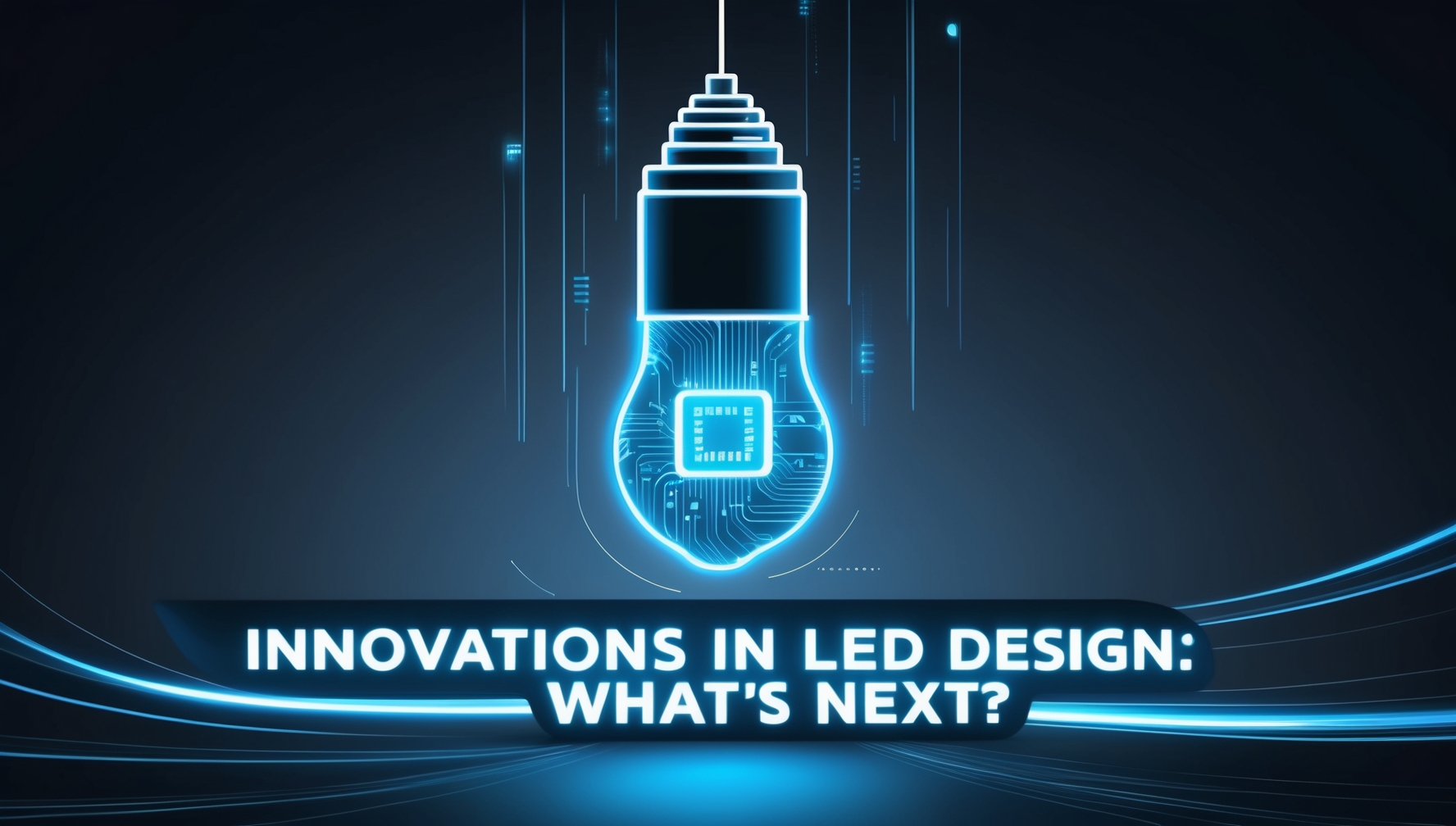As the evolution of LED technology continues, we’re witnessing groundbreaking innovations that push the boundaries of lighting design. From more efficient light sources to new applications and integrations, the future of LED design promises to bring even greater advancements. This article explores some of the most exciting innovations in LED design and what’s on the horizon for this rapidly evolving technology.
Miniaturization and Micro LEDs
One of the most significant trends in LED design is miniaturization. Micro LEDs, which are much smaller than traditional LEDs, are leading this trend. These tiny LEDs offer several advantages, including higher brightness, lower power consumption, and the ability to produce incredibly detailed displays.
Micro LEDs are already being used in high-resolution displays, such as those found in smartphones, TVs, and wearable devices. Their small size allows for greater pixel density, resulting in sharper images and more vibrant colors. As the technology matures, we can expect to see micro LEDs in even more applications, including augmented reality (AR) and virtual reality (VR) devices, where high-resolution displays are crucial.
Flexible and Transparent LEDs
The development of flexible and transparent LEDs is opening up new possibilities for lighting and display applications. Flexible LEDs can be bent, rolled, or shaped to fit various surfaces, making them ideal for innovative lighting designs, wearable technology, and flexible displays.
Transparent LEDs, on the other hand, can be integrated into windows, glass surfaces, and other transparent materials, allowing light or images to be displayed without obstructing the view. This technology could revolutionize retail displays, architectural lighting, and even automotive design, where transparency and aesthetics are essential.
Advanced Color Tuning and Dynamic Lighting
Color tuning has always been a strong point of LED technology, but recent innovations are taking it to the next level. Advanced color-tuning LEDs can now produce a broader range of colors with more precise control over color temperature and intensity. This is particularly important in environments where lighting needs to be adjusted based on the time of day, activity, or user preferences.
Dynamic lighting systems, which adjust automatically to changing conditions or user input, are also becoming more sophisticated. These systems can mimic natural light patterns, improving well-being and productivity by aligning indoor lighting with the body’s circadian rhythms. In the future, we may see dynamic lighting integrated into smart home and office environments, providing more personalized and responsive lighting experiences.
Enhanced Energy Efficiency
While LEDs are already known for their energy efficiency, ongoing research is focused on making them even more efficient. Innovations such as quantum dots and phosphor coatings are being developed to improve light output and reduce energy consumption further.
Quantum dots, which are nanocrystals that emit light when exposed to electricity, offer the potential for even higher efficiency and better color accuracy. When combined with LEDs, quantum dots can enhance brightness and color performance without increasing energy usage. These advancements will continue to make LEDs the go-to choice for energy-conscious consumers and businesses.
Integration with Smart Technologies
The integration of LEDs in smart lighting systems is another area of rapid innovation, where lighting responds dynamically to changes in the environment or user behavior. Smart LEDs can be controlled remotely, often through apps or voice commands, allowing users to adjust brightness, color, and timing with ease. This integration is becoming more seamless, with LEDs being incorporated into smart home ecosystems, IoT devices, and automated systems.
In the future, we can expect LEDs to play a central role in connected environments, where lighting responds dynamically to changes in the environment or user behavior. For example, LEDs could work in tandem with sensors to adjust lighting based on occupancy, natural light levels, or even the mood of the room. This level of integration will make lighting more intuitive, efficient, and personalized.
Sustainable and Recyclable LEDs
As environmental concerns continue to grow, the demand for sustainable LED solutions is increasing. Innovations in materials and design are making LEDs more environmentally friendly. Researchers are exploring the use of organic and biodegradable materials in LED production, which could lead to more sustainable lighting options.
Recyclability is also a key focus, with efforts being made to design LEDs that are easier to recycle at the end of their lifespan. This includes reducing the use of harmful substances and simplifying the disassembly process, ensuring that LEDs can be disposed of in an environmentally responsible manner.
The Future of LED Design
Looking ahead, the future of LED design is incredibly promising. We can expect continued advancements in miniaturization, flexibility, and integration with smart technologies. LEDs will become more efficient, customizable, and environmentally friendly, playing a central role in the lighting solutions of tomorrow.
As these innovations unfold, LEDs will continue to transform the way we illuminate our world, offering new possibilities for design, sustainability, and human-centric lighting. Whether in our homes, workplaces, or public spaces, the next generation of LED technology will enhance our lives in ways we are just beginning to imagine.
